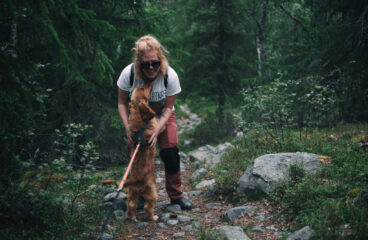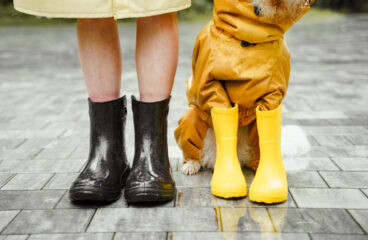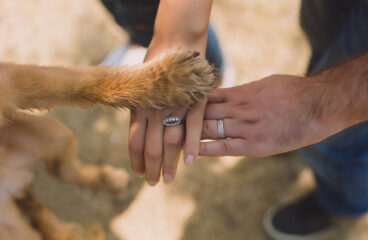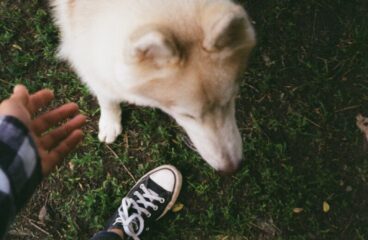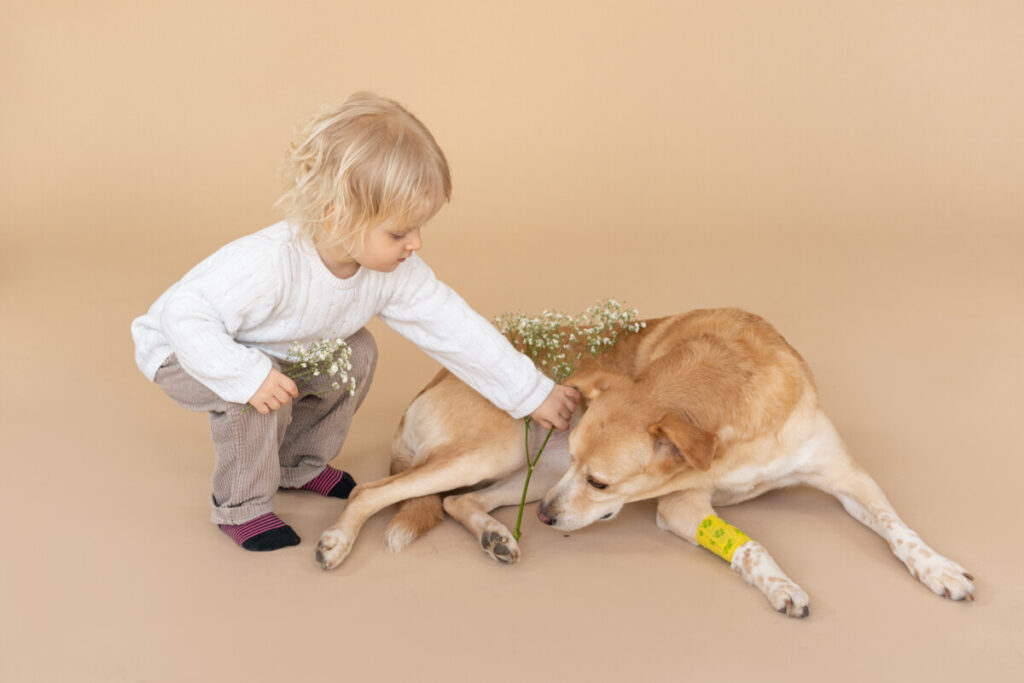
Dog Paw Bandage Pets At Home
Dog paw bandages are a great way to protect your pet’s paws from injury and infection. They provide a barrier between your pet’s paws and the ground, preventing them from coming into contact with dirt, debris, and other potential irritants. They also help to cushion and protect your pet’s paws from the impact of walking and running. With the right paw bandage, you can keep your pet’s paws safe and healthy. In this guide, we’ll discuss the different types of paw bandages available, how to choose the right one for your pet, and how to properly apply and care for your pet’s paw bandage.
Table of Contents
The Benefits of Using a Dog Paw Bandage Pets at Home
Using a dog paw bandage is a great way to protect your pet’s paws from injury and infection. Dog paw bandages are designed to provide a protective barrier between your pet’s paws and the ground, preventing them from coming into contact with potentially harmful substances. They can also help to reduce the risk of infection and provide cushioning for your pet’s paws.
One of the main benefits of using a dog paw bandage is that it can help to protect your pet’s paws from cuts, scrapes, and other injuries. The bandage acts as a barrier between your pet’s paws and the ground, preventing them from coming into contact with sharp objects or other potentially harmful substances. This can help to reduce the risk of infection and provide cushioning for your pet’s paws.
Another benefit of using a dog paw bandage is that it can help to reduce the risk of infection. The bandage acts as a barrier between your pet’s paws and the ground, preventing them from coming into contact with bacteria and other potentially harmful substances. This can help to reduce the risk of infection and provide cushioning for your pet’s paws.
Finally, using a dog paw bandage can help to reduce the risk of your pet’s paws becoming dry and cracked. The bandage acts as a barrier between your pet’s paws and the ground, preventing them from coming into contact with harsh chemicals or other potentially harmful substances. This can help to reduce the risk of dryness and cracking, and provide cushioning for your pet’s paws.
Overall, using a dog paw bandage is a great way to protect your pet’s paws from injury and infection. The bandage acts as a barrier between your pet’s paws and the ground, preventing them from coming into contact with potentially harmful substances. This can help to reduce the risk of infection and provide cushioning for your pet’s paws.
How to Choose the Right Size Dog Paw Bandage
When selecting a dog paw bandage, it is important to choose the right size for your pet. The wrong size can cause discomfort and even lead to injury. Here are some tips to help you choose the right size bandage for your dog.
- Measure the Paw: The first step is to measure your dog’s paw. Measure the width of the paw from the widest point and the length from the longest point. This will give you an idea of the size of bandage you need.
- Consider the Breed: Different breeds of dogs have different sized paws. For example, a Chihuahua will have a much smaller paw than a Great Dane. Consider the breed of your dog when selecting a bandage size.
- Choose the Right Material: Different materials offer different levels of protection and comfort. Choose a material that is breathable and flexible to ensure your dog’s comfort.
- Consider the Activity Level: If your dog is very active, you may need a larger bandage to provide more protection. If your dog is more sedentary, a smaller bandage may be sufficient.
By following these tips, you can ensure that you choose the right size dog paw bandage for your pet. This will help keep your dog comfortable and safe while wearing the bandage.
What to Do if Your Dog’s Paw Bandage Gets Wet
If your dog’s paw bandage gets wet, it is important to take immediate action to ensure the bandage remains effective. Here are some steps to take:
- Remove the wet bandage. Carefully remove the wet bandage from your dog’s paw, taking care not to cause any further damage to the wound.
- Clean the wound. Once the bandage is removed, clean the wound with a mild antiseptic solution.
- Dry the wound. Use a clean cloth or paper towel to gently dry the wound.
- Reapply the bandage. Once the wound is dry, reapply a new, dry bandage. Make sure the bandage is not too tight, as this can cause further discomfort.
- Monitor the wound. Monitor the wound regularly to ensure it is healing properly. If you notice any signs of infection, such as redness, swelling, or discharge, contact your veterinarian immediately.
By following these steps, you can ensure that your dog’s paw bandage remains effective and that the wound heals properly.
How to Care for a Dog Paw After Bandaging
Caring for a dog paw after bandaging is an important part of the healing process. Proper care can help ensure that the paw heals quickly and without complications. Here are some tips for caring for a dog paw after bandaging:
- Monitor the paw for signs of infection. Look for redness, swelling, or discharge. If any of these signs are present, contact your veterinarian immediately.
- Keep the bandage clean and dry. Change the bandage regularly, at least once a day. If the bandage becomes wet or soiled, replace it immediately.
- Check the paw for signs of irritation. If the bandage is too tight or is causing discomfort, contact your veterinarian for advice.
- Keep the paw elevated. This will help reduce swelling and promote healing.
- Give your dog plenty of rest. Exercise should be limited until the paw has healed.
- Follow your veterinarian’s instructions. Your veterinarian may recommend additional treatments or medications to help with the healing process.
By following these tips, you can help ensure that your dog’s paw heals quickly and without complications. If you have any questions or concerns, contact your veterinarian for advice.
Tips for Keeping Your Dog Comfortable During Paw Bandaging
1. Ensure the Bandage is the Right Size: Before applying the bandage, make sure it is the right size for your dog’s paw. If the bandage is too tight, it can cause discomfort and restrict blood flow.
- Use a Soft Material: Choose a bandage material that is soft and comfortable for your dog. Avoid materials that are too stiff or abrasive.
- Secure the Bandage Properly: Make sure the bandage is securely fastened so it does not slip off or become loose.
- Check the Bandage Regularly: Check the bandage regularly to make sure it is not too tight or too loose. If the bandage is too tight, it can cause discomfort and restrict blood flow.
- Keep the Bandage Clean: Keep the bandage clean and dry to prevent infection. Change the bandage regularly and clean the area with a mild soap and warm water.
- Provide Comfort: Provide your dog with a comfortable bed and plenty of rest. This will help to keep your dog relaxed and comfortable while the bandage is in place.
- Monitor Your Dog: Monitor your dog for any signs of discomfort or distress. If your dog is showing signs of discomfort, remove the bandage and contact your veterinarian.What to Look for When Choosing a Dog Paw BandageWhen choosing a dog paw bandage, there are several factors to consider. First, it is important to select a bandage that is the correct size for your dog’s paw. If the bandage is too small, it will not provide adequate protection and may cause discomfort. If the bandage is too large, it may slip off or cause your dog to trip.
Second, it is important to select a bandage that is made of a breathable material. This will help to keep your dog’s paw cool and comfortable while providing protection. Look for bandages made of materials such as cotton, neoprene, or nylon.
Third, consider the type of closure the bandage has. Velcro closures are often the most secure and adjustable, but some dogs may find them uncomfortable. If your dog is sensitive to Velcro, look for a bandage with a buckle or snap closure.
Finally, consider the type of adhesive used on the bandage. Some bandages use a medical-grade adhesive that is safe for your dog’s skin. Others may use a less secure adhesive that may cause irritation or discomfort.
By taking the time to consider these factors, you can ensure that you select the best bandage for your dog’s paw.
How to Properly Bandage a Dog Paw for a Broken Nail
Broken nails can be painful and uncomfortable for dogs, and proper bandaging is essential for proper healing. Here are the steps for properly bandaging a dog paw for a broken nail:
- Clean the wound. Use a mild antiseptic solution to clean the wound and surrounding area. Make sure to remove any dirt or debris from the wound.
- Apply a topical antibiotic. Apply a topical antibiotic ointment to the wound to help prevent infection.
- Wrap the paw. Use a soft, non-adhesive bandage to wrap the paw. Start at the base of the paw and wrap the bandage around the paw, making sure to cover the wound. Secure the bandage with tape or a bandage clip.
- Monitor the paw. Check the paw regularly to make sure the bandage is secure and the wound is healing properly. If the bandage becomes loose or wet, replace it with a new one.
By following these steps, you can ensure that your dog’s broken nail is properly bandaged and healing properly. If you have any questions or concerns, contact your veterinarian for further advice.
Conclusion
Dog paw bandages are a great way to keep your pet safe and comfortable at home. They provide protection from cuts, scrapes, and other injuries, while also providing a comfortable fit and easy application. With the right size and type of bandage, you can ensure that your pet is safe and comfortable while they heal.
